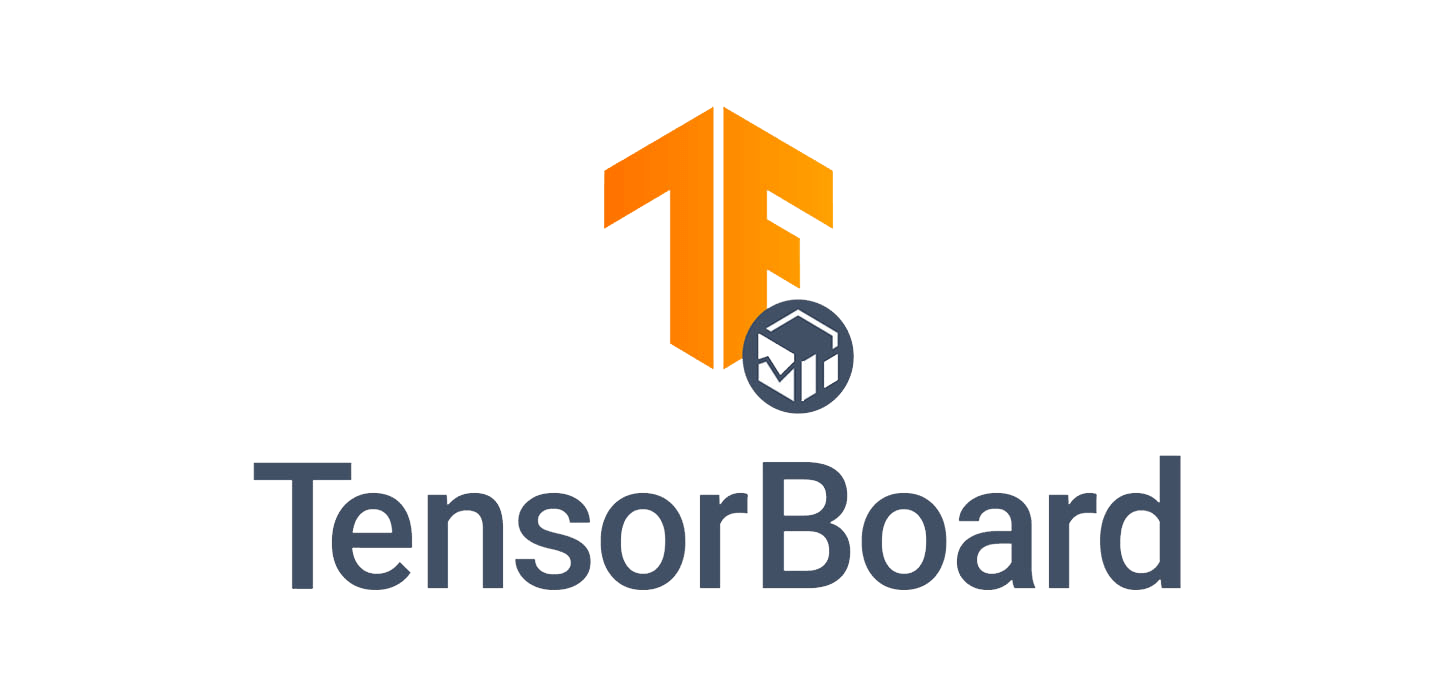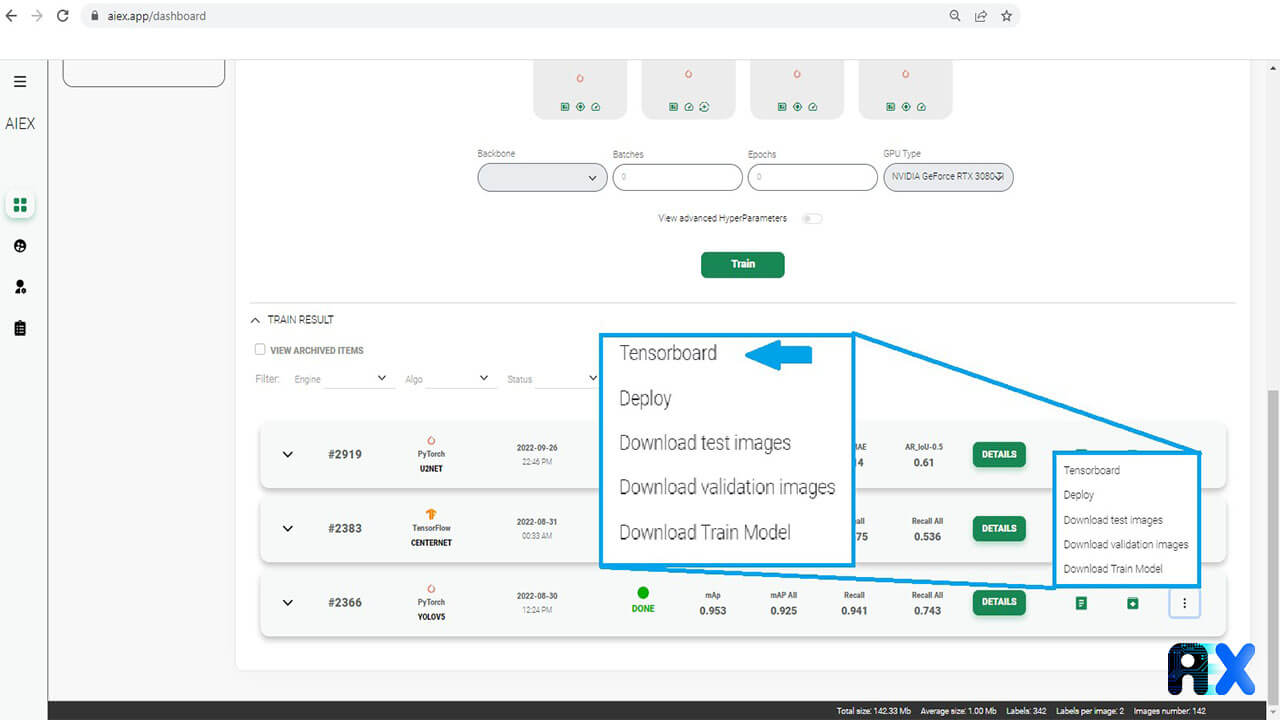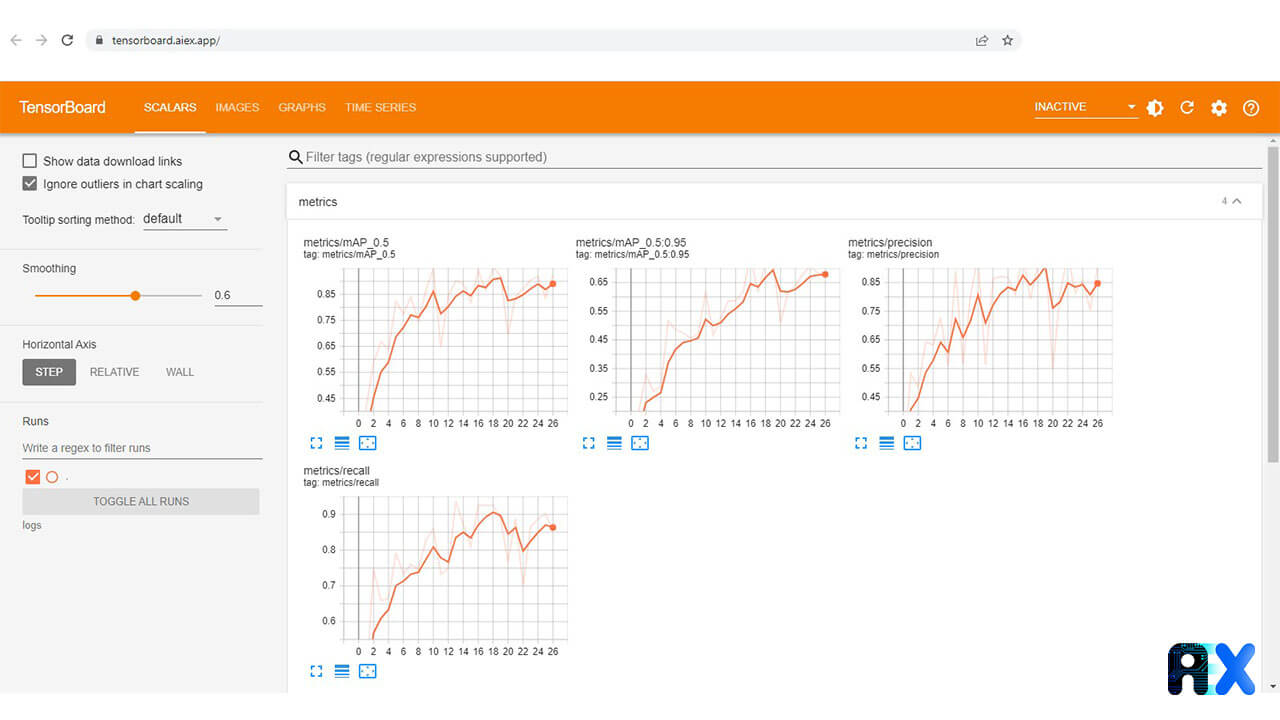Contact Info
133 East Esplanade Ave, North Vancouver, Canada
Expansive data I/O tools
Extensive data management tools
Dataset analysis tools
Extensive data management tools
Data generation tools to increase yields
Top of the line hardware available 24/7
AIEX Deep Learning platform provides you with all the tools necessary for a complete Deep Learning workflow. Everything from data management tools to model traininng and finally deploying the trained models. You can easily transform your visual inspections using the trained models and save on tima and money, increase accuracy and speed.
High-end hardware for real-time 24/7 inferences
transformation in automotive industry
Discover how AI is helping shape the future
Cutting edge, 24/7 on premise inspections
See how AI helps us build safer workspaces

The Tensorboard interface is used to visualize data using graphs and other tools to understand, debug, and optimize machine learning models. Tensorboard helps track metrics like loss and accuracy, visualize model graphs, and project embedding to lower-dimensional spaces, among other things.
For machine learning experiments, TensorBoard provides tools such as:
The graphic below shows around the Tensorboard dashboard

The picture below shows the TensorBoard graph visualization panel. There are different tabs in the panel depending on the amount of information you add to the model.
Tensorboard is supported by all algorithms on the AIEX platform. Using Tensorboard, Metrics like loss and accuracy can be tracked and model graphs can be visualized. The figure below demostrates how you can access the Tensorboard on the AIEX platform, which is through “TRAIN RESULT” in “Step 2: train”.

When you open the Tensorboard,
After entering the Tensorboard section, you will see the algorithm’s Tensorboard once they load, as shown in the picture below.

You can enter your email address and subscribe to our newsletter and get the latest practical content. You can enter your email address and subscribe to our newsletter.
© 2022 Aiex.ai All Rights Reserved.